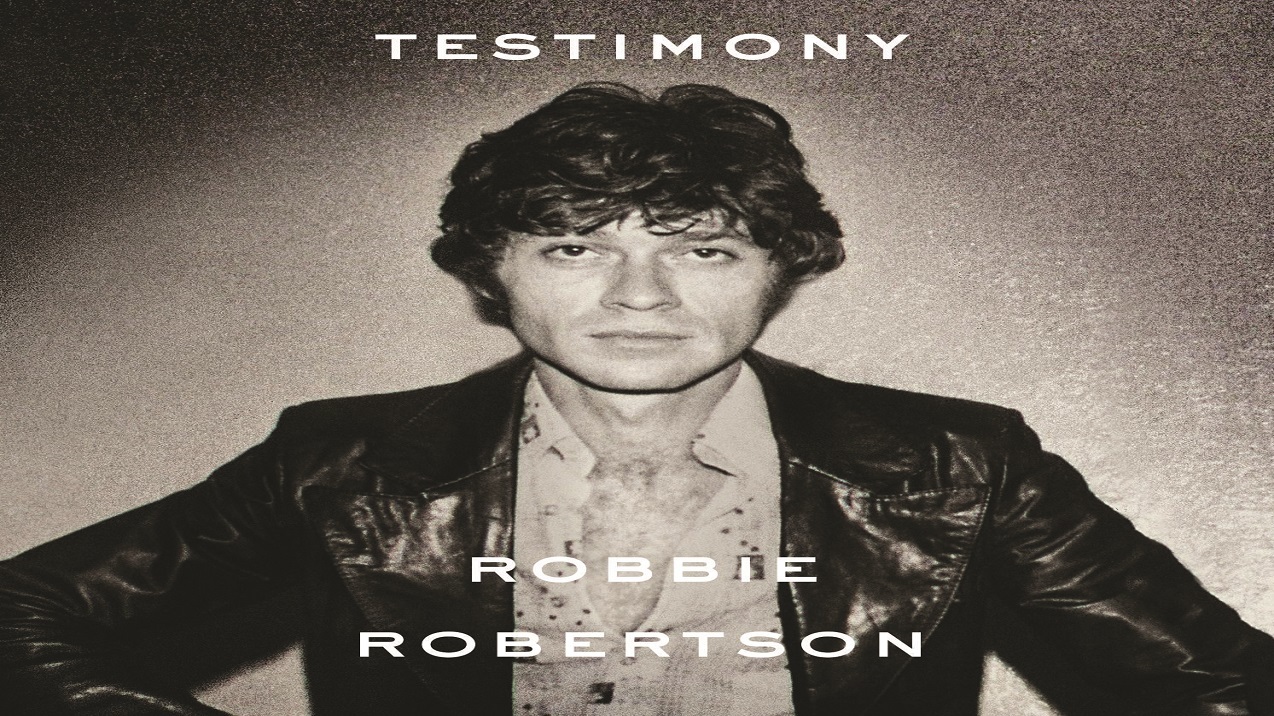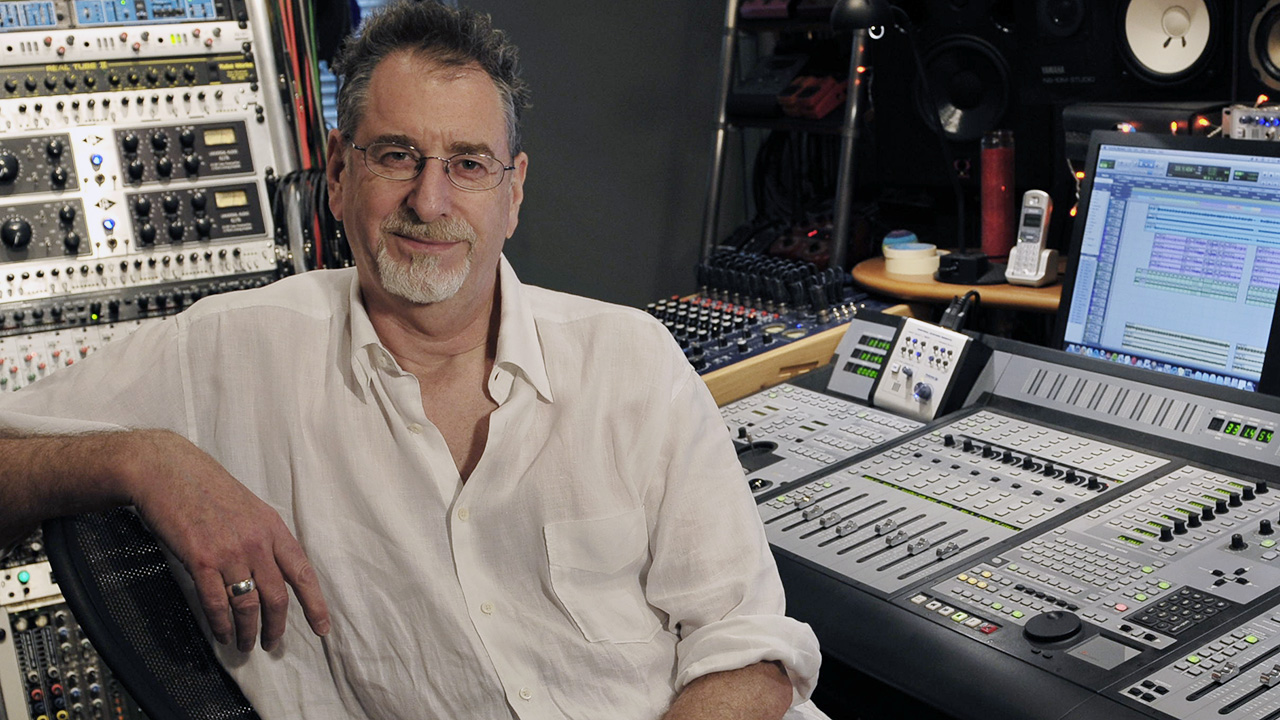You can trust Louder
Robertson himself chose the 18 tracks on Testimony to accompany his memoir of the same name, both of which dovetail neatly with the 40th anniversary of his old band The Band’s famed farewell show The Last Waltz. Consequently, it’s an intriguingly different beast to the common-or-garden ‘Best Of’ package.
Bespoke compilations to promote autobiographies are a growing trend. But whereas large chunks of similar collections by Bruce Springsteen and Elvis Costello in the last 12 months ultimately selected themselves, Robertson’s is welcomingly more idiosyncratic. His solo million-seller Somewhere Down The Crazy River makes the cut, as do Band biggies The Night They Drove Old Dixie Down and The Weight (both from a 1971 live show), but elsewhere he takes us down less travelled roads.
Robertson has long had a rock’n’roll soul, as evidenced on the strut of early-60s tracks such as Levon & The Hawks’ He Don’t Love You (And He’ll Break Your Heart) and I’m Gonna Play The Honky Tonks. His love and mastery of blues, country and folk has, for more than half a century, marked him out as a pioneer of what latterly became known as Americana. Not bad for a dude who was actually born north of the border in Toronto.
Naturally, his association with Bob Dylan, which brought him to the attention of millions, is represented here. Arguably, opting for two raucous tracks from Blonde On Blonde (Rainy Day Women, Obviously Five Believers) paints only a partial picture of the contribution made by, in Dylan’s famous phrase, the “mathematical guitar genius”, and others might have best illustrated the impact he had on his employer’s music.
When his own name appears on the label, music of deeper textures comes to the fore. The whispered prairie shuffle of Soap Box Preacher, from 1991’s Storyville album, is the essence of Robertson’s modus operandi, yet the proliferation of post-Band collaborators (U2, Ivan Neville, the Chic duo of Nile Rodgers and Bernard Edwards, jazz maverick Gil Evans) speaks of a healthy hunger and curiosity.
As a man who was standing just a few feet from Dylan when he ‘went electric’, Robertson was both witness and conspirator to one of the most pivotal moments in rock history, an experience he recounts in vivid detail in Testimony the book. Listening to Testimony the album is in itself a history lesson, a head-spinning journey through the myriad possibilities of popular song.
Sign up below to get the latest from Classic Rock, plus exclusive special offers, direct to your inbox!
Terry Staunton was a senior editor at NME for ten years before joined the founding editorial team of Uncut. Now freelance, specialising in music, film and television, his work has appeared in Classic Rock, The Times, Vox, Jack, Record Collector, Creem, The Village Voice, Hot Press, Sour Mash, Get Rhythm, Uncut DVD, When Saturday Comes, DVD World, Radio Times and on the website Music365.

